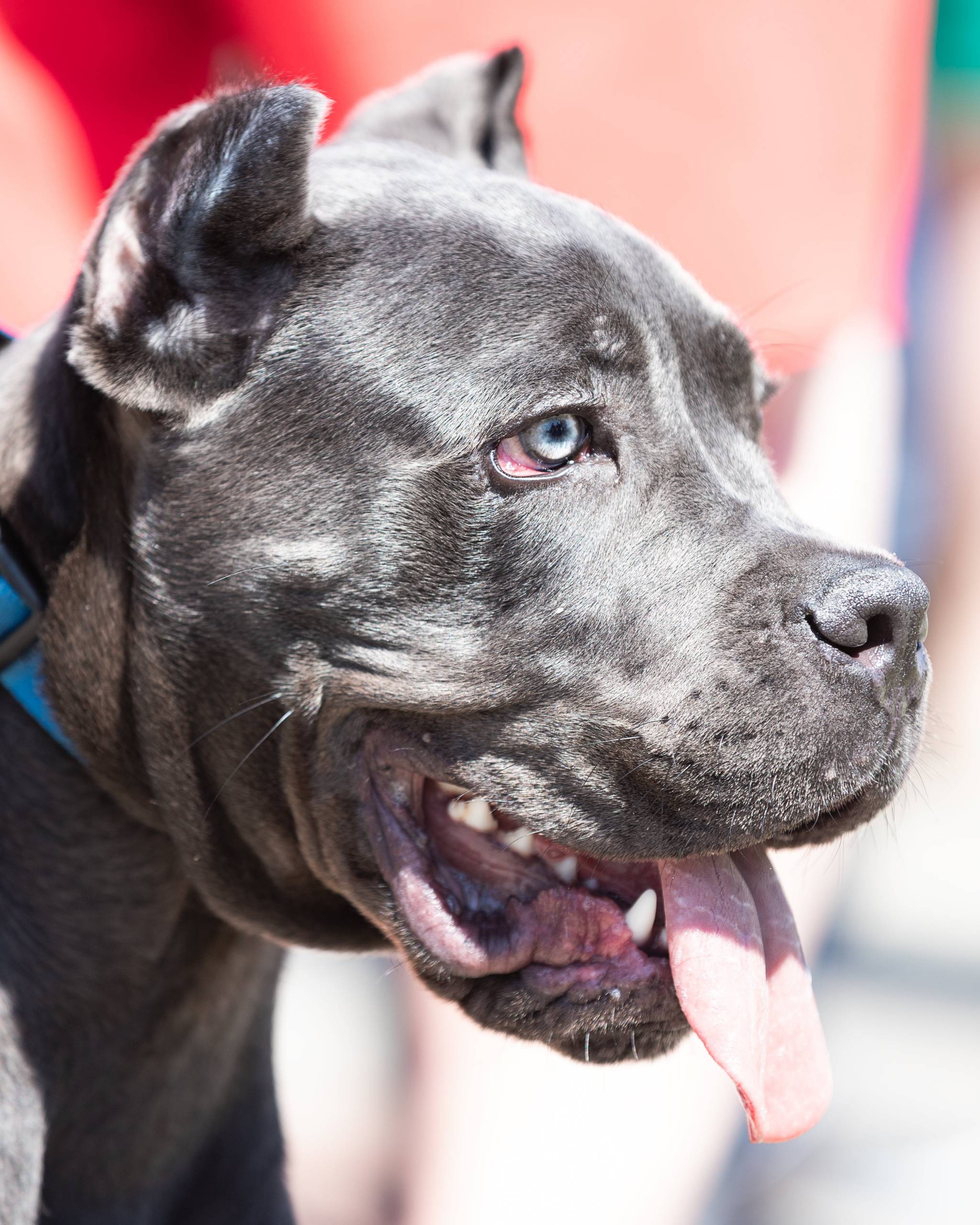Leaving a dog alone can be a common concern for many pet owners. Dogs are social creatures that thrive on companionship, making it essential to understand their needs for their overall well-being. Several factors influence how long a dog can comfortably be left alone, including age, breed, health, and individual temperament.
Understanding Your Dog’s Needs
Puppies, for instance, have unique requirements compared to adult dogs. Their developing bladder control means they often need to relieve themselves every few hours. Leaving a puppy alone for extended periods can result in accidents and create negative associations with solitude.
Adult dogs generally can endure longer periods alone, but this varies widely based on personality and training. Some breeds, such as the basenji or shar-pei, are more independent, while others, like the border collie and golden retriever, thrive on interaction and may struggle with being left alone. Familiarizing yourself with your dog’s breed tendencies can provide insight into their potential reactions to solitude.
Health is another crucial factor. Dogs suffering from separation anxiety may display destructive behaviors or excessive barking when left alone. In contrast, a well-adjusted dog that has received proper socialization and training might feel more at ease. It’s important to recognize signs of distress, such as whining or destructive chewing, as indicators of anxiety or boredom.
Age Matters
The age of your dog plays a significant role in how long they can be left alone. Puppies should generally not be left alone for more than a couple of hours. As dogs mature, their ability to cope with solitude typically increases. However, senior dogs may face health challenges that can limit their comfort with being alone for extended periods.
Preparing for Alone Time
Gradually increasing the time your dog spends alone can help them adjust. Starting with short periods and slowly extending the duration can alleviate anxiety. Providing engaging toys, a comfy bed, and fresh water can keep them occupied during your absence. Interactive toys or puzzle feeders can stimulate your dog’s mind, helping to alleviate boredom.
Establishing a routine is beneficial as well. Dogs thrive on predictability, and a consistent schedule can provide them with a sense of security. Regular times for feeding, walks, and playtime can make your dog feel more at ease during your absence.
Socialization with other dogs is vital in easing feelings of loneliness. Opportunities for interaction, such as dog parks, daycare, or playdates, can help fulfill their need for companionship. Consider enrolling your dog in daycare or hiring a dog walker to break up their day, providing the much-needed interaction and physical activity to enhance their happiness.
Monitoring Behavior
Observing your dog’s behavior when you leave can offer valuable insights. Signs of distress, like excessive barking or pacing, may indicate that adjustments are necessary. Keeping a journal of your dog’s behaviors while you’re away can help identify patterns and guide changes.
Mental stimulation is also crucial in helping your dog cope with being alone. Training exercises, teaching new tricks, or engaging in scent games can keep their minds occupied and reduce the likelihood of boredom-related behaviors.
Creating a safe and comfortable environment is vital. Ensure your dog has a designated space where they feel secure. This could be a cozy bed in a quiet room or an area where they can observe outside. A secure space can help reduce anxiety and enhance their comfort when left alone.
Individual Considerations
Determining how long to leave a dog alone doesn’t have a one-size-fits-all answer. Each dog is unique, and their ability to handle solitude varies. Observing your dog’s behavior and adjusting your routine accordingly is key. If your dog struggles with being alone, seeking help from a professional dog trainer or veterinarian can provide additional strategies tailored to their specific needs.
Having a plan in place can alleviate concerns about leaving your dog alone. Arranging for a trusted friend or family member to check in if you’ll be away for an extended period can provide peace of mind. Additionally, using pet cameras to monitor your dog can help you stay connected and even interact through two-way audio.
Ultimately, understanding your dog’s individual needs and adjusting your approach is crucial for their happiness and well-being. The bond you share with your dog is built on trust and love, and being mindful of how long you leave them alone can strengthen that connection.
Recommended Timeframes
For puppies, it’s best to start with short intervals of about one to two hours. Adult dogs may manage longer periods, often up to six to eight hours, but this can differ significantly based on breed and individual temperament. Senior dogs may require more frequent breaks and companionship.
Being a responsible dog owner involves being aware of your dog’s needs and making necessary adjustments. By creating a routine, providing mental and physical stimulation, and ensuring a safe environment, you can help your dog feel more secure when alone. If uncertainty arises, reaching out to a professional can offer additional support and guidance. Your dog relies on you for care and companionship, and understanding how long they can be left alone is an important aspect of responsible pet ownership.



